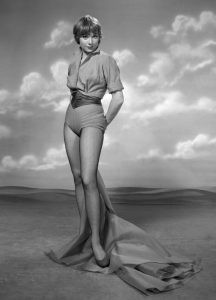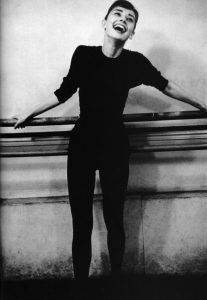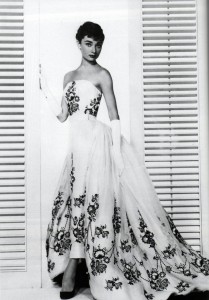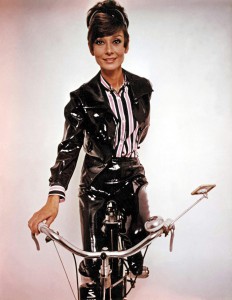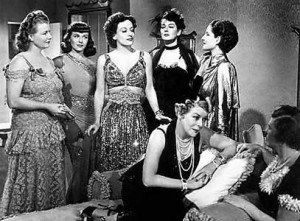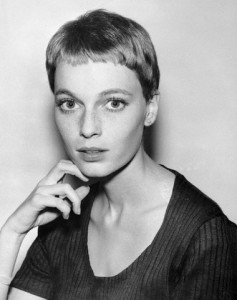This post contains affiliate links.
Most people try to figure out their Kibbe Image Identity in the dressing room. This seems logical–it is a style system, after all. But after studying Kibbe for several years now, I’ve come to the conclusion that this doesn’t really work.
This may seem disheartening, and somewhat frustrating. But I have come to believe that it really is an internal process. It is about coming to grips with your physical self. In other words, we come to this process basically knowing the answer, and we cycle through types as an attempt to deal with this, or we have a distorted view of ourselves to begin with and this process forces us to see ourselves as we actually are, perhaps for the first time.
For many, it’s probably a combination of both. When I first started looking at Kibbe, I looked at yin types, because I knew what my actual measurements were and every online calculator had given me the “hourglass” body type designation. Nevermind that the issues that “hourglass” dressing guides were supposed to correct weren’t things I’d personally ever dealt with. The measuring tape gave me this result, so I could never look at yang types.
On the other hand, I also knew that I wasn’t really a curvy person. I had to rid myself of the perception created by numbers and see myself how I actually was, which was someone who actually had a straighter shape, made straighter by torso elongation.
The other issue is, of course, the misperceptions surrounding what women in the Image IDs actually look like. For instance, many of the celebrities labeled as, say, TR on Pinterest are actually FN. For the longest time, I had lingering doubts about FG because many of the women in the FG Facebook group had a broad shoulder line, and I did not. But then David joined and told us that FG is unequivocally narrow, and began redirecting women to SN and SD and other IDs.
So why doesn’t putting together outfits work? Because whatever you put on, you look like the Image ID you are, not what you’re trying on. An SC silhouette isn’t going to look SC on an FN. It will just look like an FN in an outfit that doesn’t match her yin/yang balance. And then there are so many limiting and flat-out incorrect ideas about what a head-to-toe outfit for a certain Image ID is going to look like anyway.
Many of you may be feeling like you might as well just throw in the towel at this point, since if you can’t try on outfits and if most of the information out there is inaccurate, how can you ever figure out your yin/yang balance?
There are only two things you need: The Book and yourself. And maybe access to YouTube/Netflix/Turner Classic Movies/etc, as a bonus.
and yourself. And maybe access to YouTube/Netflix/Turner Classic Movies/etc, as a bonus.
The excerpts on the internet don’t do Metamorphosis justice. A lot was cut out of the descriptions of the Image IDs when they were typed up and posted. David shows you the experience of having a certain yin/yang balance, and he tells you how to dress it, even before you get to the concrete recommendations, which are just a jumping off point and which can be hit or miss, since clothing construction has changed so much in the past 30 years. But if you read the book over and over, you start to get an intuitive sense of the Image IDs.
And then by looking at the classic celebrities, you start to get a feeling for what links these women all together, and which group of women you would fit into. Most likely, there is something you have had a sense about for most of your life. I latched onto Audrey Hepburn at a young age, for instance, because I related to her shape and to her mix of facial features. Marilyn and Liz resided on a distant planet. Audrey felt familiar. The clothes she wore were clothes that I could wear, since they didn’t require a bust or a voluptuous shape.
I literally keep The Book on my nightstand, and refer to it all the time. Reading the book and absorbing it, and exploring the pantheon of stars mentioned, will do more to reveal your Image ID to you than trying out every piece of clothing at H&M. You may get a sense for what works and what doesn’t, but it won’t show you who you are. Only by really going inward and being honest to yourself about your experience of your physicality will you figure out your Image ID.
Follow me on Facebook and Pinterest.
Stylesyntax.com is a participant in the Amazon Services LLC Associates Program, an affiliate advertising program designed to provide a means for sites to earn advertising fees by advertising and linking to Amazon.com.
